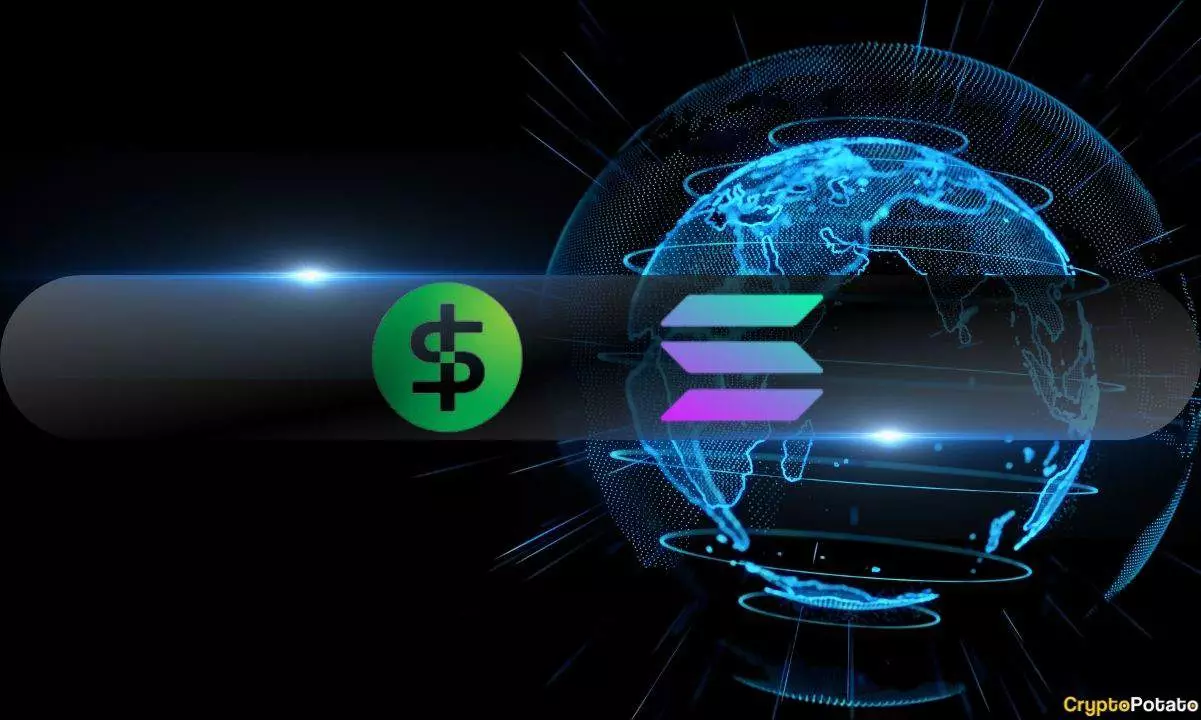Paxos, a stablecoin issuer based in New York, has recently made a strategic decision to expand its stablecoin issuance to the Solana blockchain platform. Previously, Paxos had exclusively operated on Ethereum. This move, set to take place on January 17, 2024, marks a significant milestone for Paxos in the highly competitive stablecoin landscape, where rivals such as Circle and Tether are also vying for market dominance.
To expand USDP from Ethereum to Solana, Paxos obtained approval from the New York Department of Financial Services (DFS) after a rigorous examination process. The exact duration of this review process remains undisclosed. Walter Hessert, Paxos’ Head of Strategy, commented, “The expansion of our stablecoin platform to support Solana marks an important step towards making stablecoins ubiquitous for everyday consumers. Paxos has set the standard for oversight, reserve management, and issuance in the stablecoin market. By integrating USDP with Solana, we’re making it easier for anyone to get and use the safest, most reliable stablecoins.”
Pioneering Trust Charter and Rebranding
As a crypto firm, Paxos was the first to secure a trust charter under the newly implemented digital asset regulatory framework by the DFS in 2015. It received approval in 2018 to issue its first stablecoin, originally named “Paxos Standard” but later rebranded to USDP. However, due to restrictions imposed by the DFS, Paxos could only issue USDP on Ethereum before its recent expansion to Solana.
Over the years, Paxos has formed partnerships with major financial players and made strides in expanding its stablecoin’s reach. In June, it collaborated with online marketplace Mercado Libre to introduce the Pax Dollar (USDP) stablecoin to users in Mexico. Transactions were facilitated through MercadoPago, a digital wallet app developed by Mercado Libre. Furthermore, in August, the fintech giant PayPal launched PayPal USD (PYUSD), a stablecoin denominated in USD, in association with Paxos. These partnerships have increased Paxos’ visibility in the cryptocurrency market.
Regulatory Scrutiny and Setbacks
Paxos faced regulatory scrutiny earlier this year when the DFS disclosed that it was conducting an investigation. While the specific reason was not initially disclosed, it appeared to be linked to Paxos’ involvement with BUSD, a stablecoin created in partnership with the crypto exchange Binance. Consequently, the regulator directed Paxos to cease the issuance of the token. This development dealt a significant blow to Paxos, as the BUSD partnership accounted for more than 95% of its revenue.
Amidst this regulatory turbulence, a relatively new crypto exchange called EDX Markets terminated its collaboration with Paxos, which was meant to serve as the custodian for EDX Markets’ crypto assets. These setbacks highlight the challenges and uncertainties that can impact stablecoin issuers in an evolving regulatory landscape.
Paxos’ expansion to the Solana blockchain platform represents a bold move in the competitive stablecoin landscape. By increasing the availability and accessibility of its stablecoin, USDP, Paxos aims to make stablecoins more prevalent for everyday consumers. Nevertheless, as demonstrated by the regulatory scrutiny and setbacks faced by Paxos, the stablecoin market remains vulnerable to regulatory challenges and uncertainties.


Leave a Reply